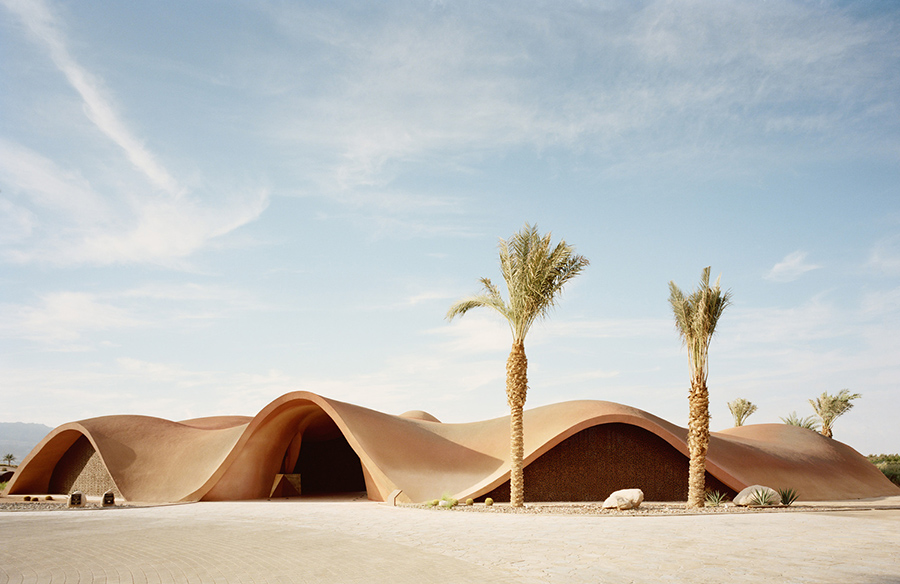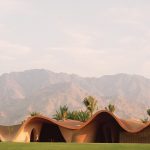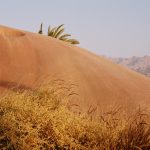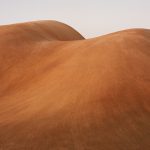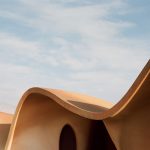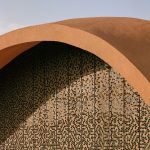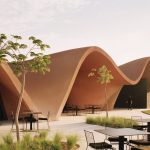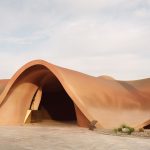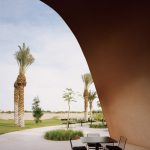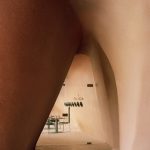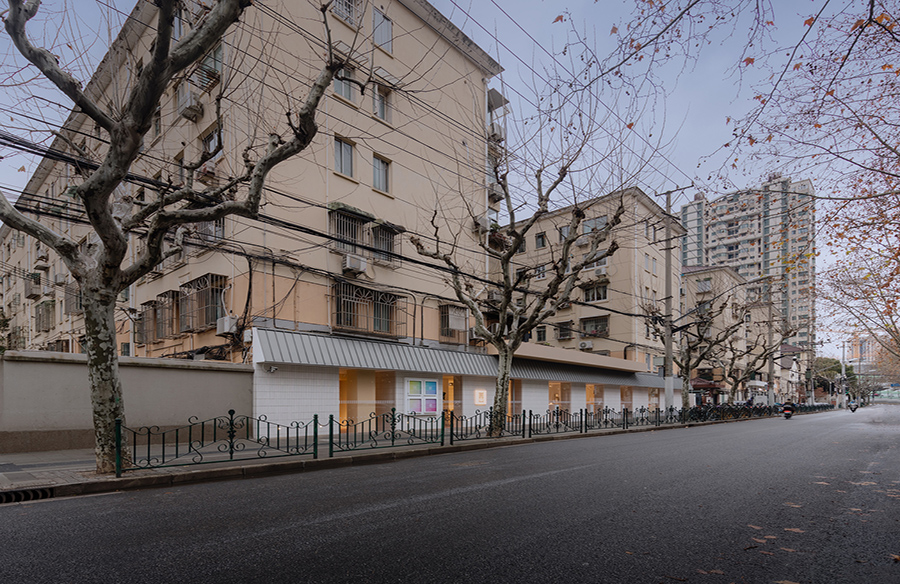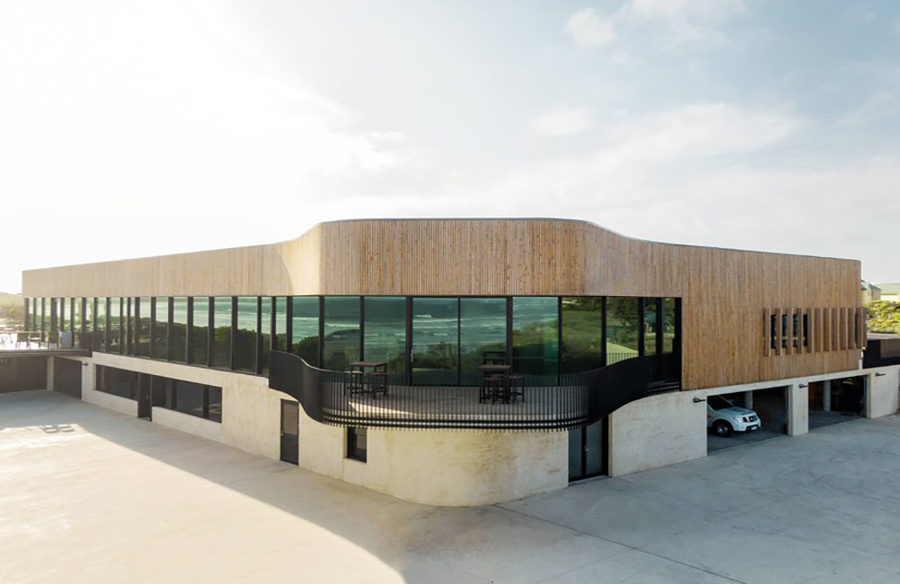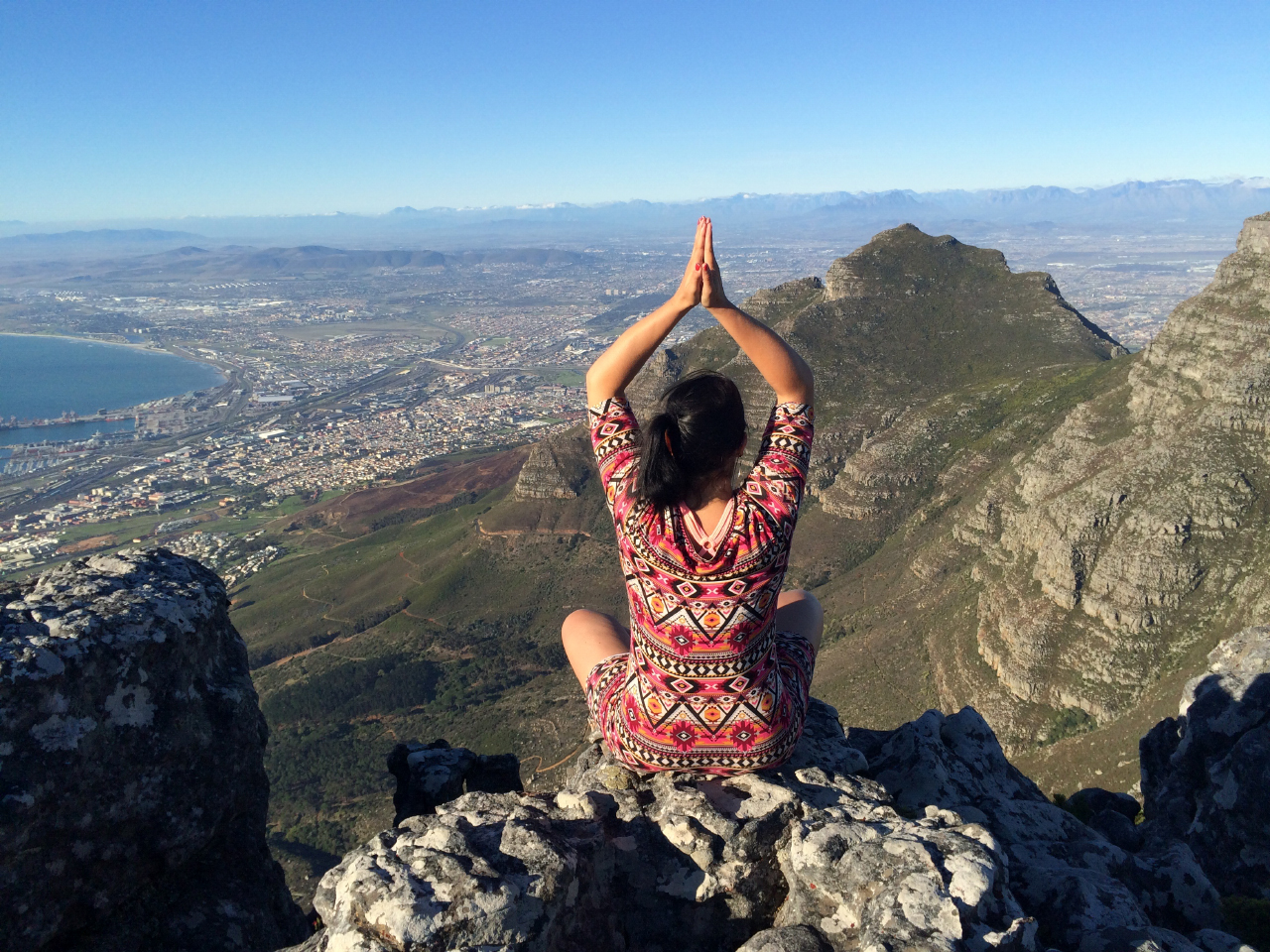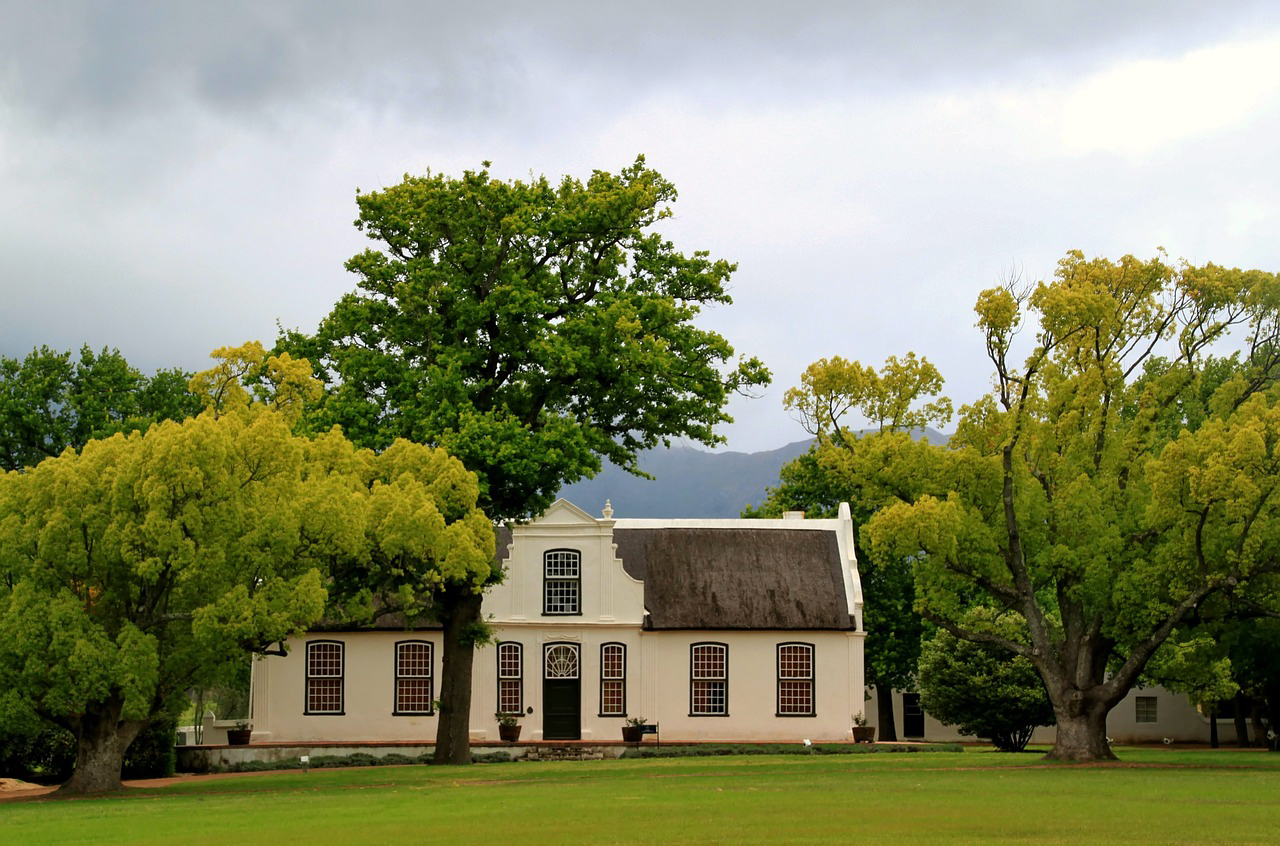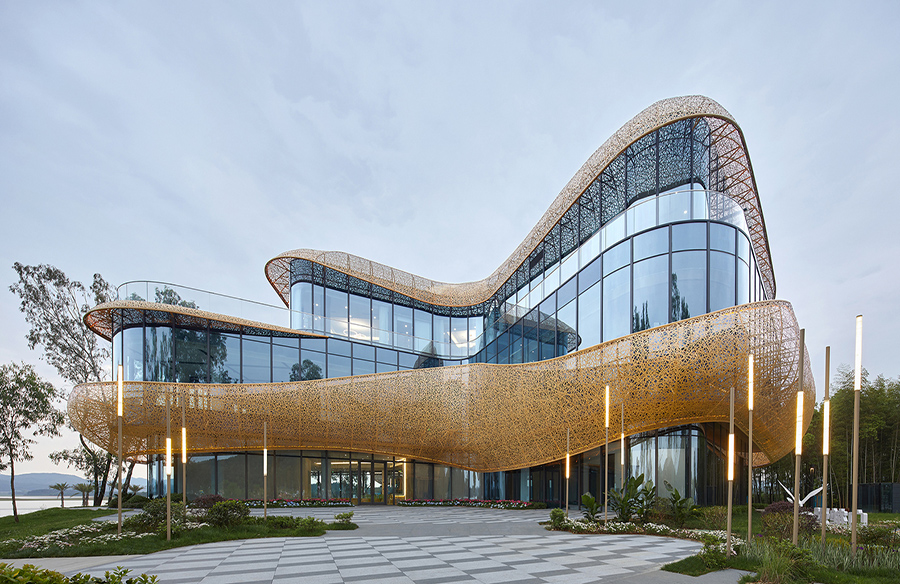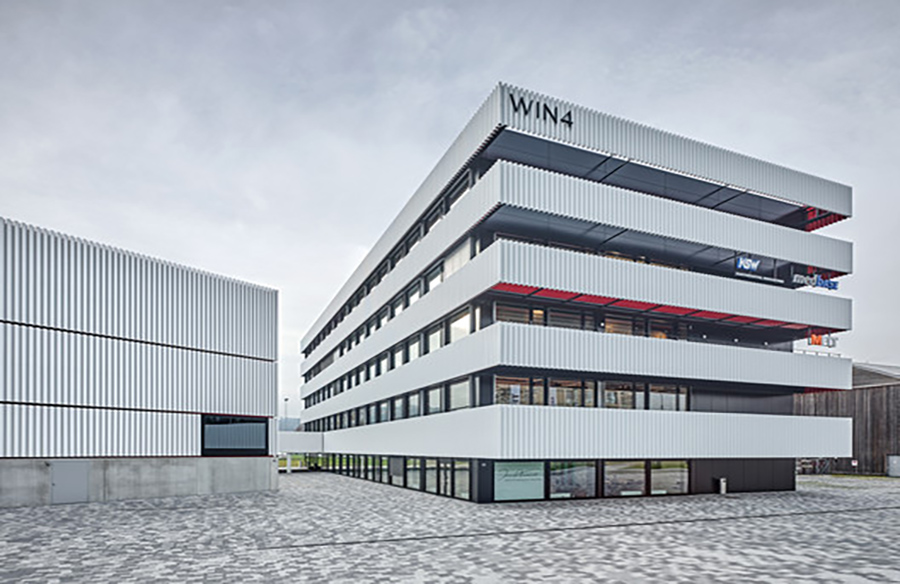The Ayla Golfclub, designed by Oppenheim Architecture, draws inspiration from the natural landscape of the Jordanian desert and the architectural heritage of the ancient Bedouin. Situated within the Ayla Oasis mixed-use resort development in Aqaba city, the innovative design of the clubhouse forms a striking focal point.

Organic Design
Spanning 13,000 square feet, the clubhouse is part of the initial phase of a vast leisure development in Aqaba. It complements the surrounding environment, which includes residential apartments, hotels, commercial spaces, and an 18-hole signature golf course designed by Greg Norman. The clubhouse encompasses retail, dining, lounge, banquet, spa, and wellness facilities, while the Golf Academy offers retail, dining, and indoor/outdoor swing analysis studios.

Integration with Nature
The architectural form of the Ayla Golf Academy and Clubhouse establishes a seamless connection with nature, capturing the dynamic beauty of the desert landscape. A massive concrete shell envelops the interior and exterior spaces, emerging organically from the sand. The curved shotcrete shell, resembling natural dunes, replaces conventional walls and ceilings, while curved openings frame panoramic views of the golf course and the picturesque Aqaba Mountains.

Cultural Influence
Perforated corten steel screens filter sunlight into the interior spaces, reminiscent of traditional Arabic ‘’Mashrabiya,’’ balancing natural light with privacy. Triangular openings in the screens, inspired by Jordanian patterns, echo the hues of the surrounding mountains, harmonizing with the colors of the shotcrete and rustic metals used in the construction.
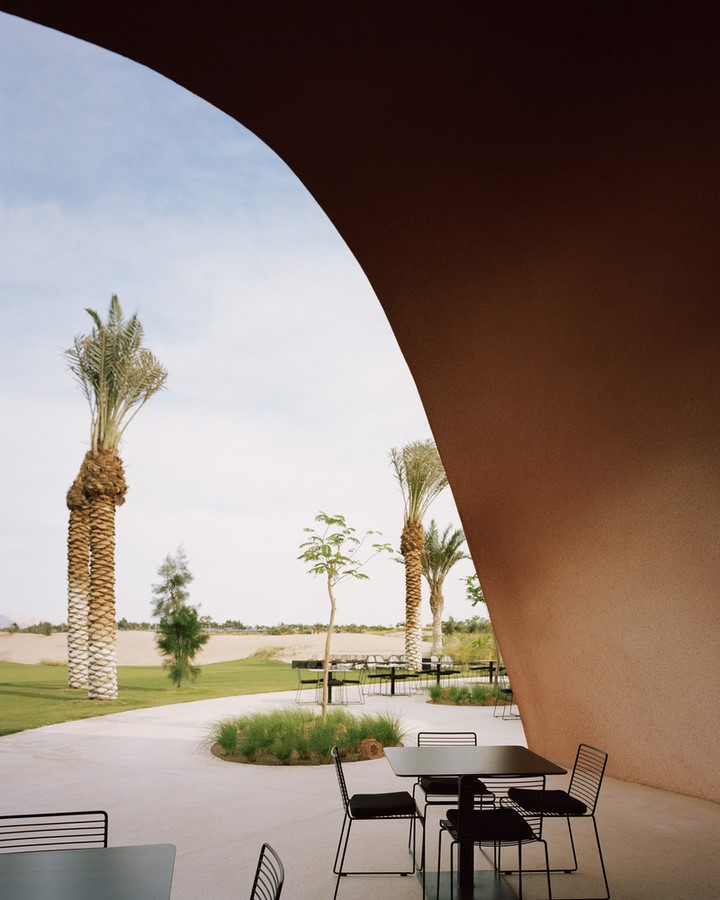
Local Collaboration
The construction process involved a collaboration between Oppenheim Architecture’s European office and local craftsmen. Workers were trained in shotcrete pouring techniques, empowering them with specialized skills. Additionally, a local artist contributed to the project by applying traditional pigmentation techniques to the interior surfaces, preserving the raw, unadorned aesthetic that reflects the context and heritage of the region.
- 6035_44 001
- 6032_45 001
- 6035_49 001
- 6040_43 001
- 6029_48 001
- 6020_43 001
- 005
- 6040_48 001
- 6034_49 001
- 6042_50 001
- 6034_42 001
- 6029_51 001
